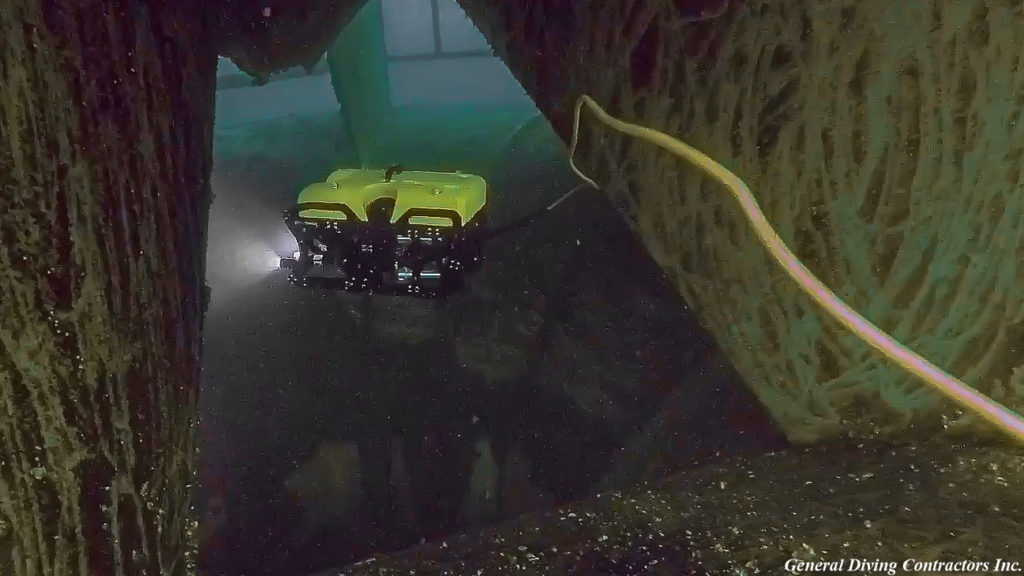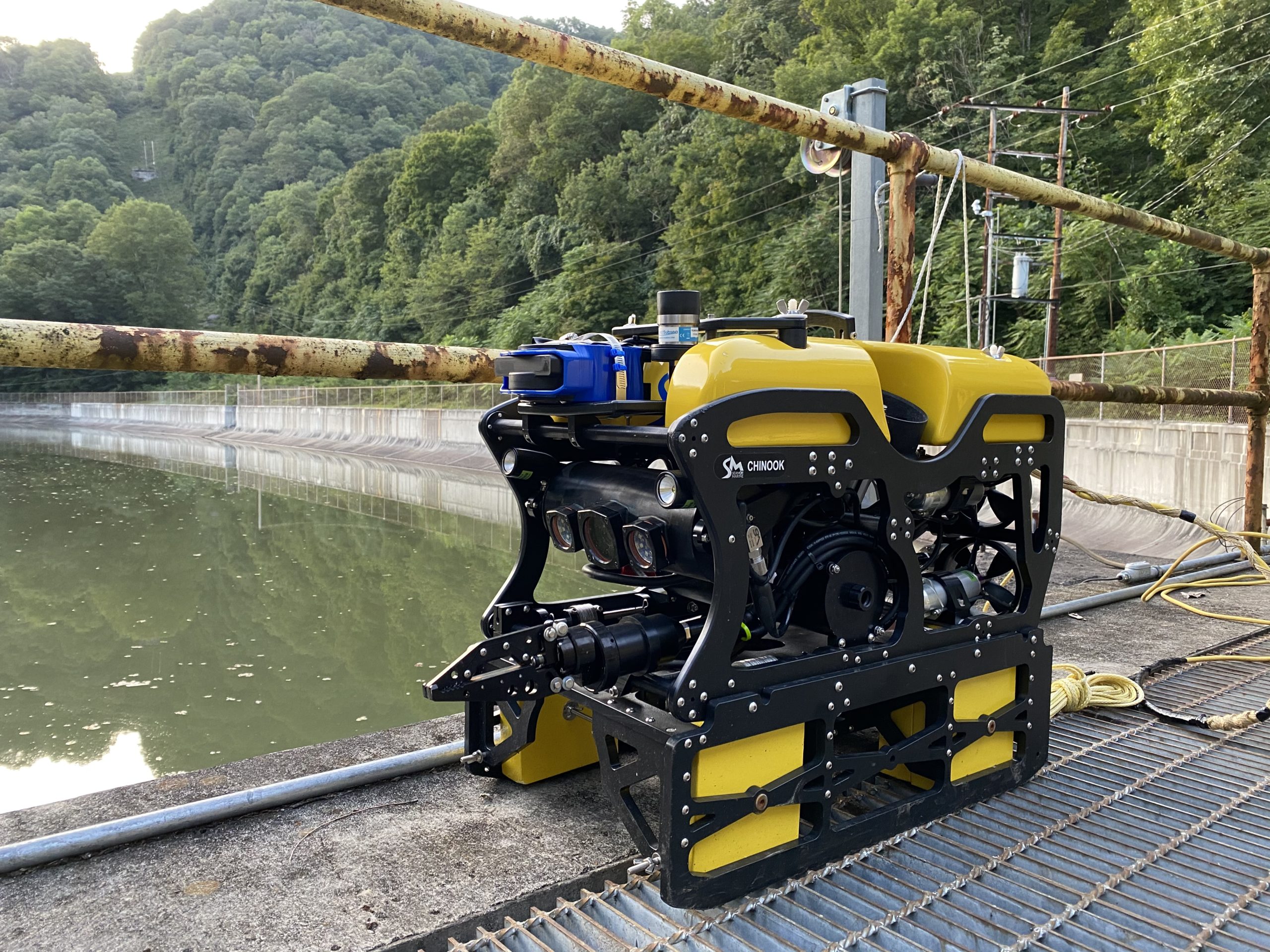Getting numbers in the ROV world is a tough job. Every mission, every deployment happens under different environmental conditions. ROVs are active in dozens of marine and aquatic industries. So… numbers can range anywhere from a couple hundred to hundreds of thousands of dollars depending on many factors. This makes it difficult to create a “standard” ROV business case.
However, an ROV offers many benefits to a business, some of which include:
- Increased Efficiency- ROVs can perform tasks in a more efficient manner compared to human divers. This leads to a reduction in project completion time and an increase in productivity.
- Improved Safety: ROVs perform tasks in hazardous environments without putting humans at risk.
- Cost Savings – ROVs can help save money in the long term. They reduce the costs associated with downtime, long and inefficient dives (due to environmental conditions), more staff etc.
- Enhanced Accessibility – ROVs can provide access to areas that are difficult or impossible for human divers to reach. Think of deep-sea environments.
- Improved Data Collection – ROVs can be equipped with a variety of sensors and cameras that can collect data and images from underwater environments. This type of information is valuable for research and monitoring purposes.
The average cost of an ROV depends on several factors, including its size, capabilities, and its quality. Smaller ROVs for basic tasks can cost a few thousand dollars, while larger and more advanced ROVs can cost hundreds of thousands of dollars, if not millions.
In terms of the money an ROV can help save in the long run, it can vary widely depending on the specific business and the tasks it performs. However, businesses that regularly use divers for tasks such as inspection and maintenance can save a significant amount of money in the long term by using ROVs instead. The cost savings can come from reduced diving costs, reduced downtime, and increased productivity. Ideally, your business can have both divers and ROVs to optimize each job.

Here are a few examples of ROV business cases
Offshore Industries
In the offshore oil and gas industry, ROVs complete a variety of tasks, including inspection and maintenance of subsea infrastructure. By using ROVs to perform these tasks, companies can reduce the need for repeated dives, which can be expensive and time-consuming. Additionally, ROVs can work in hazardous environments that may be too dangerous for divers, leading to increased safety and reduced downtime.
Renewables
In the renewable energy industry, ROVs are often used to inspect and maintain wind turbines, wave energy devices, and tidal energy systems. By using ROVs, companies can reduce the time required to perform these maintenance tasks. ROVs can work more efficiently than dive teams. An ROV operation, typically, only needs 2 people, whereas dive teams are larger and their underwater-time is shorter.
Transport
In the shipping industry, ROVs are often used to inspect ships and underwater structures, such as piers and docks. By using ROVs, companies can quickly inspect the hulls of large tankers and other vessels. This reduces the downtime of equipment/infrastructure care and maintenance which helps companies focus on their income-generating activities. Additionally, ROVs can perform inspections in hazardous environments, such as contaminated water, without putting divers at risk.
Science
In environmental monitoring, ROVs are often used to collect data and images from underwater environments. ROVs can provide access to areas that are difficult or impossible for divers to reach, leading to improved data collection and increased accuracy. Scientists can monitor a whole range of biological and environmental phenomena with the help of ROVs and their accessories. Since ROVs are so prevalent in marine and aquatic industries, only small changes in business practices can lead to greater sustainability for many sectors – according to scientists.
These are just a few examples of ROV business cases. The exact amount of cost savings, or profits, of your ROV will depend on several factors, including the specific business and the tasks it performs. However, in many cases, companies that have implemented ROV technology have reported substantial cost savings over time.
All of this to say that ROVs are a must-have for businesses in marine and aquatic industries. However, ROVs are not able to entirely replace divers either. For the best outcome, collaboration between dive teams, ROV pilots and your business stakeholders is the way to go. Would like to learn more? Give us a shout.

